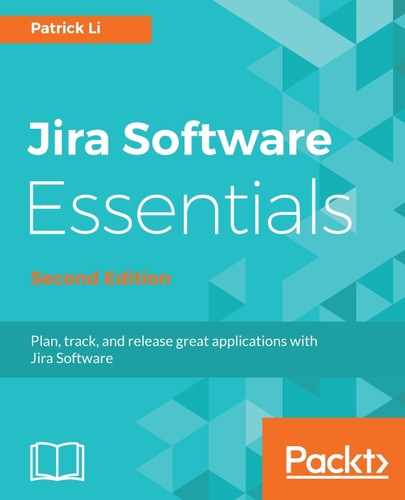Now, we will give you a brief introduction to Scrum and an overview of the various roles that Scrum prescribes. Let's take a look at how a typical project is run with Scrum and some of the key activities.
First, we have the backlog, which is a one-dimensional list of the features and requirements that need to be implemented by the team. The item's backlogs are listed from top to bottom by priority. While the product owner is the person in charge of the backlog, defining the priority based on their vision, everyone in the team can contribute by adding new items to the backlog, discussing priorities, and estimating efforts required for implementation.
The team will then start planning their next immediate sprint. During this sprint planning meeting, the team will decide on the scope of the sprint. Usually, top-priority items from the backlog will be included. The key here is that by the end of the sprint, the team should have produced a fully tested, potentially shippable product containing all the committed features.
During the sprint, the team will have daily Scrum meetings, usually at the start of each day, where every member of the team will give a quick overview of what they have done, plan to do, and any impediments they may have encountered. The goal is to make sure that everyone is on the same page, so meetings should be short and sweet.
At the end of the sprint, the team will have a sprint review meeting, where the team will present what they have produced to the stakeholder. During this meeting, new changes will often emerge as the product starts to take shape, and these changes will be added to the backlog, which the team will reprioritize before the next sprint commences.
Another meeting called the sprint retrospective meeting will also take place at the end of the sprint, where the team will come together to discuss what they have done right, what they have done wrong, and how they can improve.
Throughout this process, the Scrum master will act as the referee, where they will make sure all these activities are done correctly. For example, the Scrum master will guide the product owner and the team during the backlog and sprint planning meetings to make sure the items they have are scoped and described correctly. The Scrum master will also ensure that the meetings stay focused, productive, do not run over time, and that the team members remain respectful without trying to talk over each other.
So, now you have seen some of the advantages of using Scrum and the different roles, as well as a simple Scrum process. Let's see how we can use Jira Software to run projects with Scrum.
